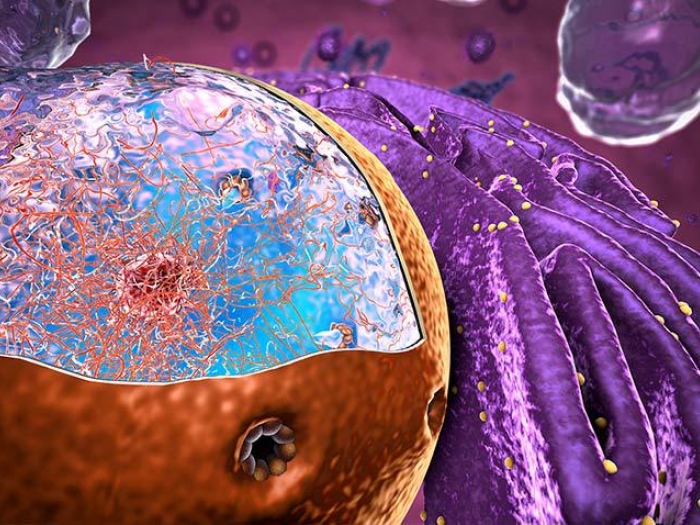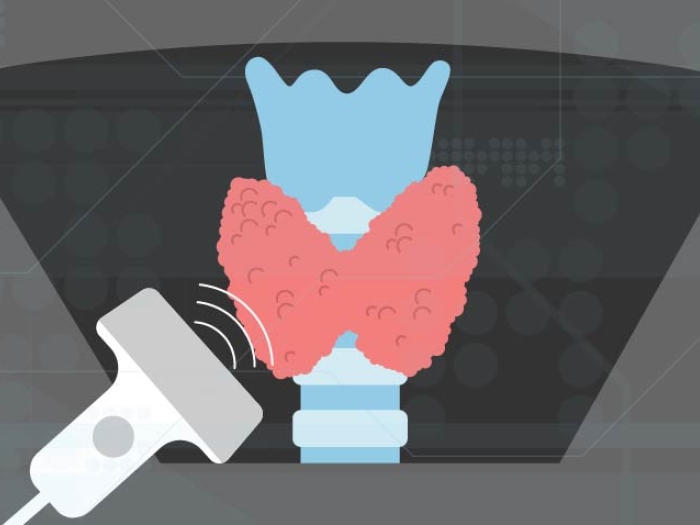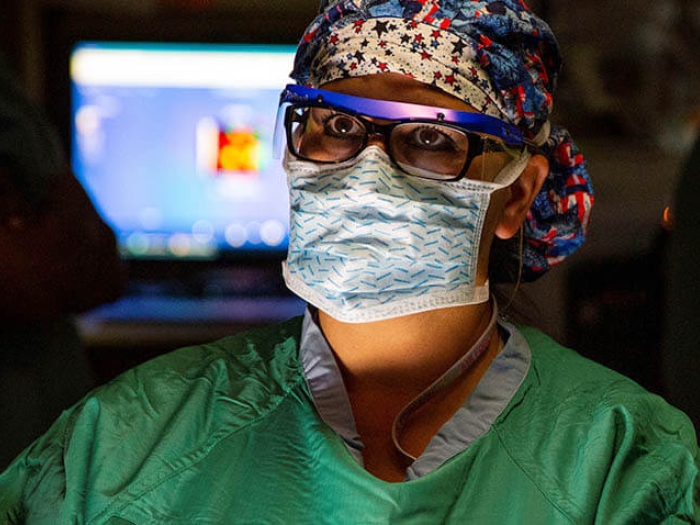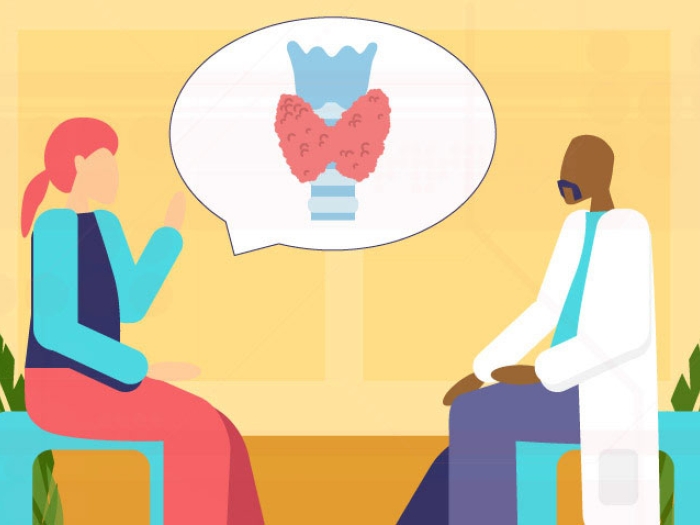A newly announced $150 million gift to the University of Michigan Rogel Cancer Center will help fill the gaps in federal funding and support high-risk, high-reward research.
7:00 AM
Author |

Progress in cancer research and cancer care has been astounding. Diseases where there was little or no success in treatment 50 or more years ago — such as Hodgkin lymphoma or testicular cancer — are now routinely cured. Transformative advances in immunotherapy have led to complete remissions and apparent cures for some patients with advanced melanoma or lung cancer.
MORE FROM THE LAB: Subscribe to our weekly newsletter
Federal support of cancer research has paved the way for many of these advances. But today's research budgets reflect a new balance. Funding for the National Institutes of Health has been largely flat for the past 15 years, with increases falling below the rate of inflation. Over the same period, industry, universities and philanthropy have all increased their commitment to fill the gap. Federal agencies now provide less than half of basic science funding, according to the National Science Foundation.
And getting a research grant from the NIH is more challenging than ever. Only 2 percent of researchers 35 or younger had an R01 independent research grant from the NIH, compared with 21 percent in 1980, according to the American Association for Cancer Research. Today, the average age for receiving this level of independent funding is older than 45.
The percent of grant applications that the NIH funds dropped nearly in half over the past decade, from 20.1 percent in 2007 to 11.7 percent in 2017.
"While we can be happy with the progress that's been made in specific cancer types and in cancer care and cancer research in general, we certainly can't stop," says Eric Fearon, M.D., Ph.D., director of the University of Michigan Rogel Cancer Center.
This week, Richard and Susan Rogel shared their commitment of a $150 million gift to support cancer research at the University of Michigan. The gift will help fund innovative cancer research and opportunities to develop the next generation of cancer research and treatment pioneers.
Fearon talks about why balance is important in research portfolios and what a gift like this means for fueling cancer research.
How has flat federal funding for research over the past decade affected progress?
Fearon: We're really appreciative of all the federal funding we're able to attract. But the increasingly tight federal funding and uncertain funding environment is both a near-term challenge and also an opportunity for us. The paylines for federal grants from the National Cancer Institute are around the eighth percentile, which means only the top eight of 100 grants are able to obtain funding.
So philanthropy, which allows us to launch high-risk, high-reward research, is really critical. It's an important goal of our cancer center to be able to support promising young faculty, as well as senior faculty, to pursue new directions in their work and to generate the preliminary studies needed to compete successfully at the federal level.
The better we can cement the feasibility of the research we're proposing and generate encouraging preliminary data, the higher the likelihood our researchers will succeed when they put these grants out to the NCI or other institutes within the National Institutes of Health.
How hard is it to get grant funding?
Fearon: For everybody, it's really a lot of work. You could talk to almost anybody at U-M who's submitted a grant that was not supported. It can be very discouraging to receive negative comments and critical remarks. Sometimes the remarks are very constructive, helpful comments — and those can still be painful — and sometimes the review comments seem a little esoteric.
It's a very unfortunate position to find oneself sitting at the 11th or 12th or 15th percentile, where your grant scored really well, and perhaps there were no flaws in the grant, but it just wasn't received positively enough by the reviewers to get a score at the very, very top level.
How do grant funding mechanisms play it safe, and what does that mean for researchers with truly novel ideas?
Fearon: Grant review bodies often bet on the tried-and-true — the investigators who have really stellar track records or the ideas that seem to be the currency of the time. New ideas sometimes don't gain traction with a grant body until a number of people think they're important.
There are obviously good reasons to study some of the same genes and signaling pathways that we know are at the heart of cancer. But we can also be a little too conservative in what we know if we just study those. It's been challenging to come up with new therapies based on those known genes and pathways.
I think we need balance between studying the portfolio of sure things and risky things. That's why you need other funding opportunities, such as philanthropy that helps to fund internal grants. We think it's important to have a program that allows investigators to take risks. We'll bet on some of those risky ideas, because you never know — those could be the best bets in the long term. At the end of the day, we really think it's important to patient care to be pursuing new ideas in the laboratory and translating those ideas to the bedside.
How does support like Rich and Susan Rogel's gift make a difference?
Fearon: The Rogel gift is a really unique one. It has six distinctive features that will allow us to make an impact across the cancer research continuum and across the career pathway of our faculty and trainees.
We need to continue to make discoveries about what fuels and sustains cancer. Besides targeting cancer itself, we can also do more in preventing it, detecting it early and identifying individuals who are at the very highest risk of cancer. There's important work to do there, and these are major opportunities for us to pursue over the coming years.
Most importantly, we think the discoveries we'll make — with funding from the federal government, the generous gift from the Rogels and other sources — will have dramatic impact on cancer patients by bringing new approaches that improve cancer care, cancer prevention and quality of life.

Explore a variety of health care news & stories by visiting the Health Lab home page for more articles.

Department of Communication at Michigan Medicine
Want top health & research news weekly? Sign up for Health Lab’s newsletters today!





